Republica Dominicana: Santo Domingo
We spent Tuesday and Wednesday working on our tans or wandering around the all-inclusive area. On Wednesday afternoon, we discovered that we could book a tour to Santo Domingo, the capital of the Dominican Republic, for a relatively small amount of money (considering it lasted 15 hours!). So Thursday we got up at 5:30 am to catch the 6 am arrival of the tour bus and begin the 4-hour journey across this large island to the capital.

This is called the "light house" for reasons that are not apparent to me. It's actually a monument to Christopher Columbus, who landed on this island (among others) in 1492. It's enormous and I never could fit the whole thing in one shot.

Somewhat more of the Columbus Memorial "light house."

This is one of three pools in a large cave complex near downtown Santo Domingo. This is a national park and would be a very nice place to visit except for the men hawking their wares (jewelry, carved stone figures, etc.) just outside the entrance. Even so, it was quite striking as you decend the steps into the center of this collapsed cave.
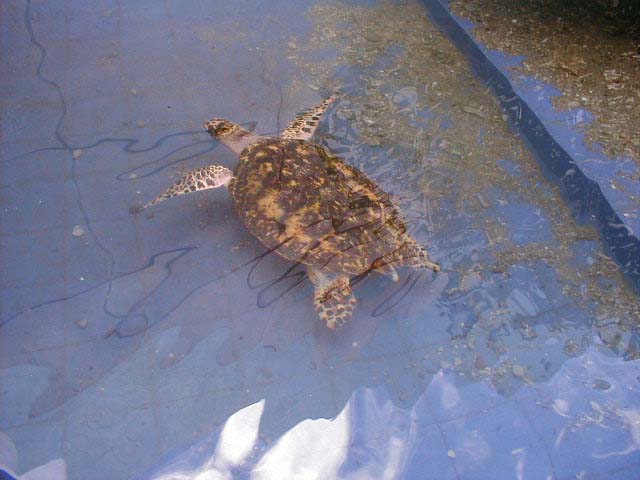
This picture was taken at the Aquarium Nationale solely for the purpose of making Annette scream "turtles!" If you don't understand this reference, just go to the next picture.
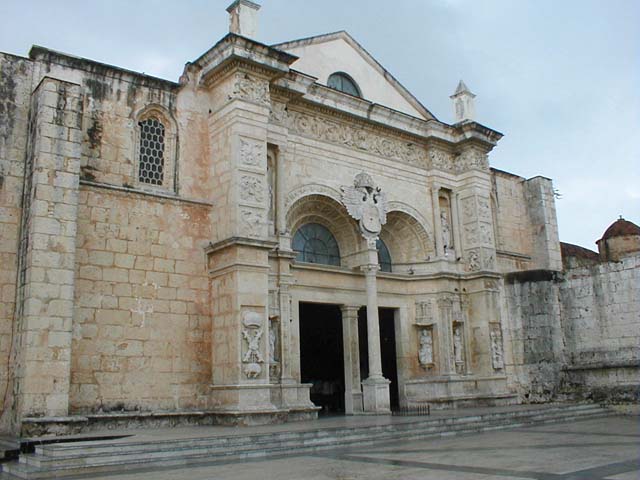
I've forgotten the official name of this Cathedral, but it's the oldest one in the New World - built between 1520 and 1540 or so.

The guide told us it was one of the last of the true Gothic Style cathedrals to be built. Our guide, when he spoke English, had the most obnoxious southern accent, it was hysterical!

One of the chapels.
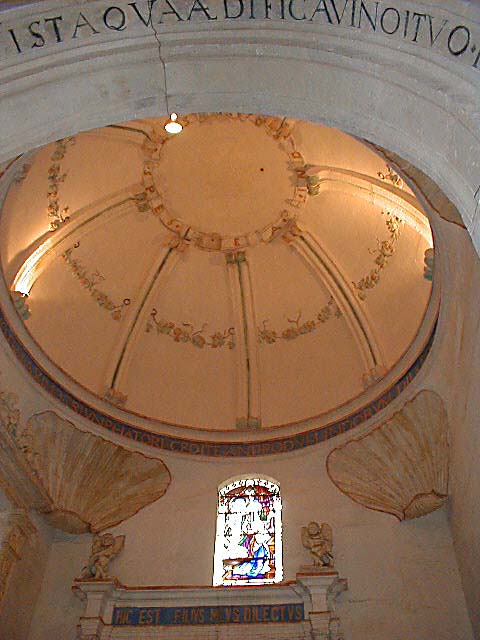
Another chapel in a completely different style.

The other side of the Cathedral. I'm not sure, but I think that's Cristobol Colon on the pedestal.

This alleyway is part of the 11 block by 11 block "Zona Colonial" in central Santo Domingo. The area contains the Cathedral and other important structures, many used as art galleries, schools, museums, and restaurants, as well as buildings kept open to touristas for their intrinsic historic value.

This building was an office-building in the 16th Century (now it's a museum). The sundials on the tower (there was one on each of three sides) were placed there so that the important government officials could look out of their windows and tell the time at a glance.

This is the "house" built by Bartolomew Colon, Cristobol's son, from 1504 to 1511 or something like that. Cristobol died in Spain before it was finished.

The balcony on the river side.

The study. Sorry for the shakey camera - we were not allowed to take flash photos. The painting is from the 1950s.
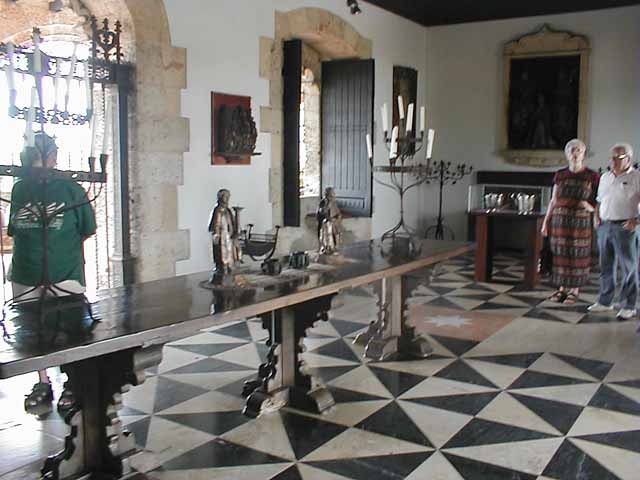
The dining room. After viewing the house, we had a late lunch, visited a "supermarcado" where they sold everything - we bought the requisite wood carving to add to our collection.
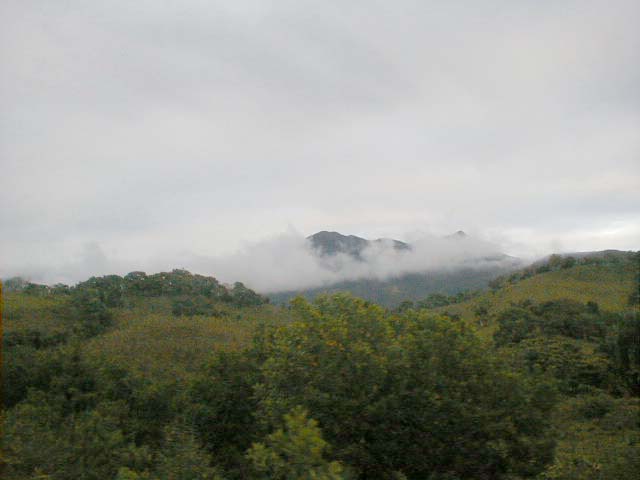
The central highlands of the Dominican Republic (taken near dusk from the bus in the rain).